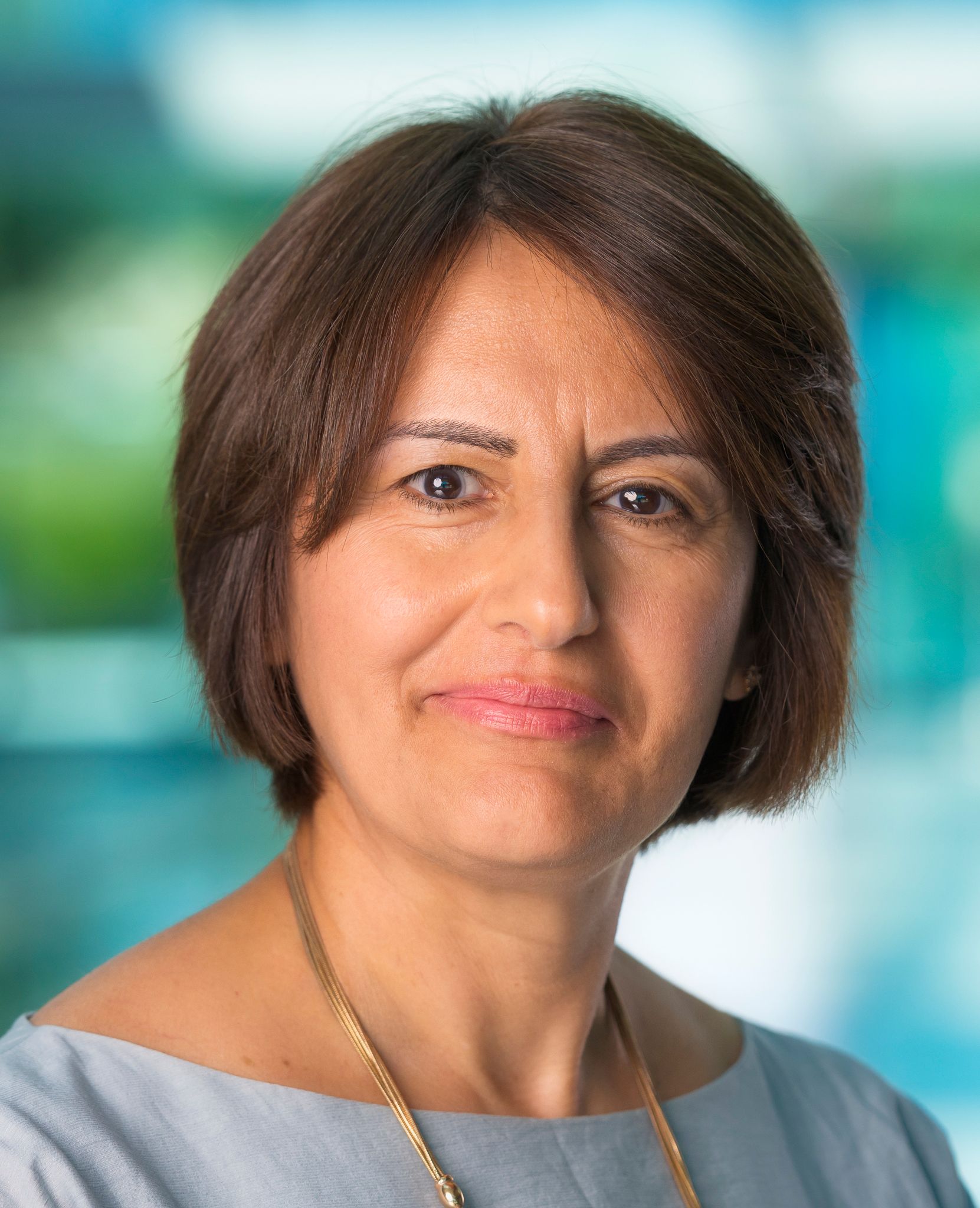It’s Time to Invest in Reproductive Medicine and Maternal Health
Amidst lack of funding for women’s health research, industry must collaborate now to advance RMMH.

Recent estimates suggest that by the year 2100, 3% of the world population (400 million individuals) may be alive as a result of assisted reproductive technologies.1
Worldwide, approximately 48 million couples and 186 million individuals experience fertility issues each year.2 I see the contribution that assisted reproductive therapy (ART) is making to new families as a testament to the life-changing powers of biopharma innovation.
My company, Ferring, has been partly instrumental in this heartening progress. Our gonadotropins have contributed to the birth of 3.7 million babies across the last 20 years—a figure almost equal to the population of Los Angeles.
The great divide in RMMH
My pride, however, is tempered by reality. As an industry, we are, as yet, at the tip of the iceberg in what remains to be done within the long-underserved area of women’s reproductive medicine and maternal health (RMMH). Women’s health research remains underfunded and undervalued. It currently accounts for just 4% of R&D funding for healthcare products and services, with 65% of this focused on fertility.3
To truly fulfill unmet patient need, the pharma industry, investors, and other stakeholders across the value chain—and society at large—must now collaborate to foster and drive RMMH innovation.
We must work together to enable strategic R&D investments that channel our incredible strengths toward a much fairer distribution of the novel solutions we are creating. We live in an era in which the global gap in the shares of RMMH progress could not be starker. Two striking statistics highlight this disparity:
- In the highly developed US, 230 babies are born each day following ART. The triumph of ART advancement accounts for the birth of 2.1% of infants in the US every year—the highest figure ever.4
- In the developing world, in contrast, 810 infants a day are born motherless, due to maternal mortality.5 The tragedy follows often preventable pregnancy- or childbirth-related complications, such as postpartum hemorrhage (PPH). (PPH accounts for 27% of global maternal deaths a year, 99% of which are in low- and lower middle-income countries.6)
Collaboration is key
While I am excited by the ripe opportunity that the exponential demand for ART heralds for new revenue streams, it is high time that we “mind the gap” in other untapped areas of RMMH. To do this, we must broaden our focus to fund new solutions and initiatives that holistically support women’s RMMH needs within a wider range of clinical indications and a more diverse patient population. Ultimately, these investments should increase collaborative partners, expand treatments with new technology, and equip global research facilities.
Delivery of real change
At Ferring, we are investing in innovative R&D, such as novel peptides, DNA recombinant technology, and the intersection of the microbiome and maternal health. We are leveraging new technologies, such as data science, artificial intelligence, and computational modelling.
Simultaneously, we aim to holistically meet unmet need in RMMH globally. No single pharma company can do this alone. This requires a creative and flexible model anchored in partnerships between diverse players to drive real-world treatment paradigms.
Ferring is, therefore, supporting 17 RMMH R&D projects in nine countries, with partners such as United Nations Population Fund (UNFPA), universities and International Federation of Fertility Societies (IFFS), with a $3 million commitment (€2.9 million). We also have a public-private partnership with the World Health Organization (WHO) and Merck for Mothers to introduce a heat-stable formulation for carbetocin, a uterotonic drug to prevent excessive bleeding in PPH in developing countries. By seeking to prevent PPH, we hope, together, to protect the lives of 20 million women and their families by 2030.
New efforts, new partnerships
The challenge of RMMH is global. It requires multi-stakeholder collaboration by our industry on a global scale to drive investment and innovation. By forging new relationships and new partnerships, we can make a difference in expanding care options. We can help achieve the global health priority of improving RMHH outcomes for all women—wherever in the world they are.
Araz Raoof, president, Ferring Research Institute
References
- https://www.clinmedjournals.org/articles/ijwhw/international-journal-of-womens-health-and-wellness-ijwhw-5-089.php?jid=ijwhw
- https://www.who.int/news-room/fact-sheets/detail/infertility
- https://www.accenture.com/gb-en/insights/life-sciences/people-driving-innovation-investment-womens-health
- https://www.cdc.gov/art/artdata/index.html (Note, “230 babies are born each day” calculated by dividing 83,946 by 365)
- https://www.who.int/news-room/fact-sheets/detail/maternal-mortality
- https://www.birmingham.ac.uk/research/quest/21st-century-healthcare/global-maternal-health.aspx
Key Findings of the NIAGARA and HIMALAYA Trials
November 8th 2024In this episode of the Pharmaceutical Executive podcast, Shubh Goel, head of immuno-oncology, gastrointestinal tumors, US oncology business unit, AstraZeneca, discusses the findings of the NIAGARA trial in bladder cancer and the significance of the five-year overall survival data from the HIMALAYA trial, particularly the long-term efficacy of the STRIDE regimen for unresectable liver cancer.
Cell and Gene Therapy Check-in 2024
January 18th 2024Fran Gregory, VP of Emerging Therapies, Cardinal Health discusses her career, how both CAR-T therapies and personalization have been gaining momentum and what kind of progress we expect to see from them, some of the biggest hurdles facing their section of the industry, the importance of patient advocacy and so much more.
Phase III Trials Show Povorcitinib Significantly Improves Hidradenitis Suppurativa Outcomes
March 19th 2025In the Phase III STOP-HS1 and STOP-HS2 trials, results show that patients treated with povorcitinib for hidradenitis suppurativa experienced a ≥50% reduction in the total abscess and inflammatory nodule count.